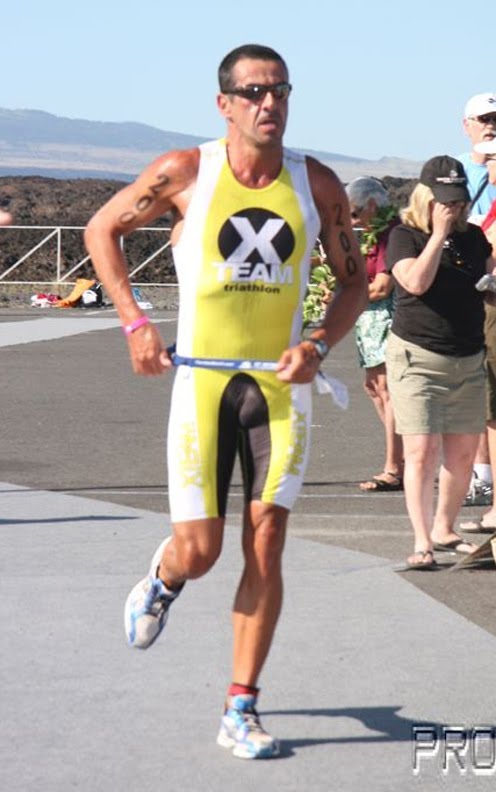Tips to Improve Your Running Mechanics for Triathlon
Running, March 26, 2025
Running in a triathlon is a unique challenge. Unlike standalone races, triathlon running comes after a swim and bike ride, meaning your legs are already fatigued. Efficient running mechanics can help you conserve energy, reduce injury risk, and maximize speed when it matters most. Here are some key tips to improve your running form for triathlon success.

Running in a triathlon is a unique challenge. Unlike standalone races, triathlon running comes after a swim and bike ride, meaning your legs are already fatigued. Efficient running mechanics can help you conserve energy, reduce injury risk, and maximize speed when it matters most. Here are some key tips to improve your running form for triathlon success.
1. Focus on Your Posture
Good running posture sets the foundation for efficient mechanics. Keep your body upright with a slight forward lean from the ankles—not the waist. Engage your core to maintain stability, and avoid slouching, which can waste energy and limit oxygen intake.
Quick Fix:
• Imagine a string pulling you up from the top of your head.
• Keep your gaze forward, not down at your feet.
2. Improve Your Cadence
Cadence refers to the number of steps you take per minute. A higher cadence (typically around 175–188 steps per minute) reduces ground contact time, minimizing impact and improving efficiency. Many triathletes struggle with slow turnover due to fatigue from the bike leg.
Quick Fix:
• Use a metronome app or music with a 175–190 BPM beat.
• Take shorter, quicker steps rather than overstriding.
3. Land Under Your Center of Mass
Overstriding (landing with your foot too far in front of your body) increases braking forces, slowing you down and putting extra stress on your joints. Instead, focus on landing with your foot directly under your center of mass.
Quick Fix:
• Think about pulling your foot back slightly before it hits the ground.
• Increase your cadence to naturally reduce overstriding.
4. Maintain a Relaxed Upper Body
Tension in your shoulders, arms, and hands can waste energy. Keep your arms at a 90-degree angle and swing them naturally from the shoulders. Avoid clenching your fists or hunching your shoulders.
Quick Fix:
• Shake out your hands every few minutes during a run.
• Keep your hands lightly cupped, as if holding a potato chip without crushing it.
5. Strengthen Your Core and Hips
A strong core and hips provide stability and power, preventing excess movement that wastes energy. Weak hip stabilizers can lead to inefficient mechanics, especially late in the run when fatigue sets in.
Quick Fix:
• Incorporate exercises like planks, glute bridges, and single-leg squats into your training.
• Perform running drills like high knees and A-skips to reinforce good mechanics.
6. Practice Running Off the Bike
Triathlon running is different from fresh-leg running. Your legs may feel heavy or wobbly after cycling, so it’s important to practice transitioning smoothly.
Quick Fix:
• Include brick workouts (bike-to-run transitions) at least once a week.
• Start with short runs off the bike and gradually build up.
7. Work on Breathing Efficiency
Shallow or erratic breathing can lead to early fatigue. Practice deep, rhythmic breathing to maximize oxygen intake.
Quick Fix:
• Breathe in through your nose and mouth to get more oxygen.
• Sync your breath with your strides (e.g., inhale for two steps, exhale for two steps).
8. Get a Video Analysis
Do it with me or send me a video so I can help identify inefficiencies in your stride and give you proper feedback to improve it.
Final Thoughts
Improving your running mechanics for triathlon takes consistent effort, but small adjustments can lead to big gains in efficiency, speed, and injury prevention. Focus on posture, cadence, foot placement, and strength training to optimize your stride. And most importantly—practice running off the bike regularly to ensure a smooth race-day transition.
